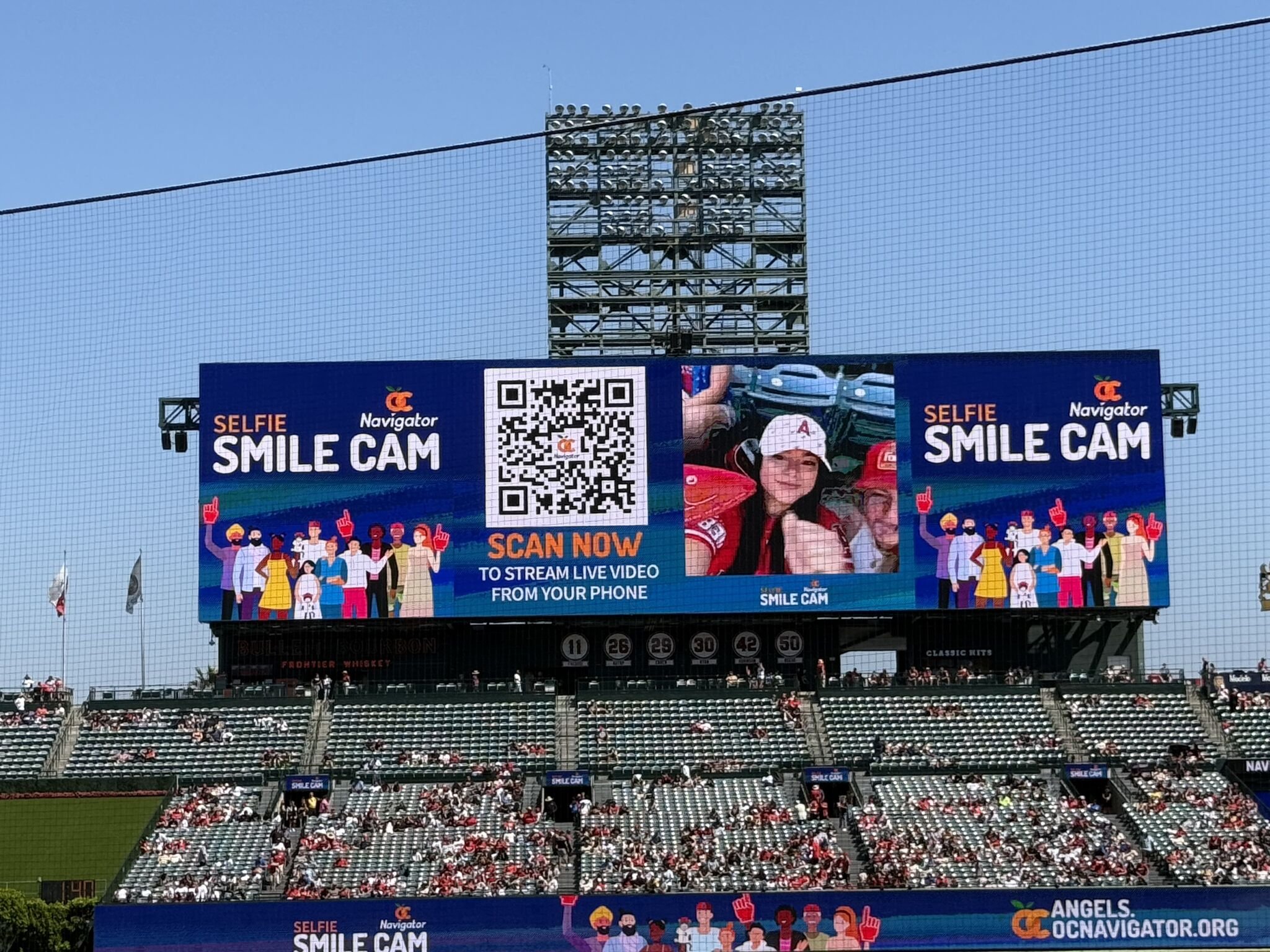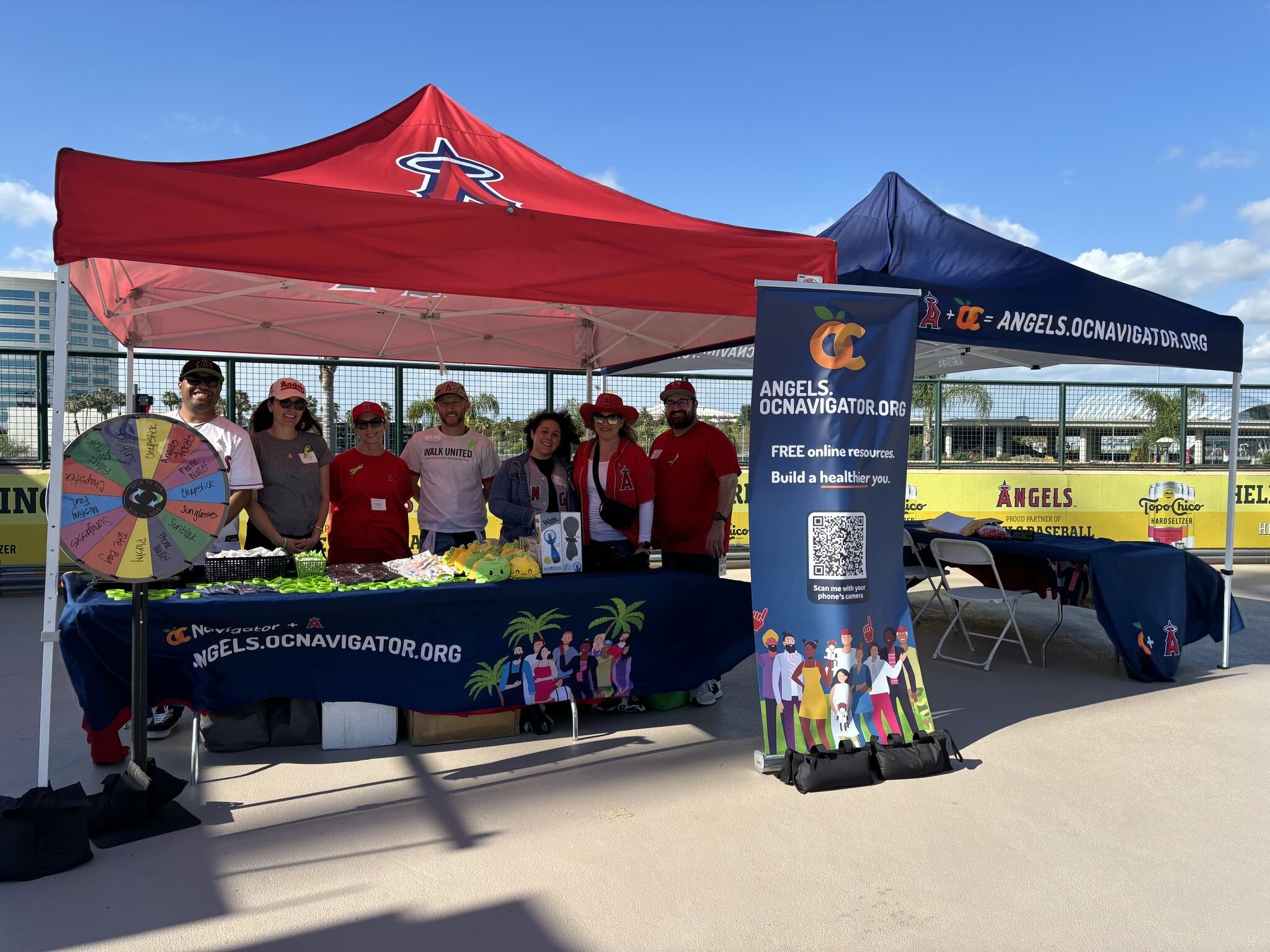CASE STUDY
OC Navigator
Connecting Underserved Communities with Critical Resources
Overview
OC Navigator is a community-driven resource tool designed to help underserved populations in Orange County access mental health support and essential services. Created with input from the OC Health Agency and a local steering committee, the app serves as a user-friendly guide to essential resources, such as housing assistance and food programs. As the lead designer, I was responsible for translating community feedback and research into an intuitive, engaging digital solution.
Challenge
Residents of underserved communities in Orange County faced difficulty accessing resources for mental health care, housing, food assistance, and more. The challenge was to design a digital tool that would simplify the search process, be easy to use for people with varying levels of digital literacy, and emotionally resonate with users. The app had to be intuitive and welcoming, ensuring that people who needed help could find and access the resources available to them.
The Goal
Simplify Access: Make vital services easily accessible and understandable for people with varying levels of digital literacy.
Community-Centered: Reflect the values and beauty of Orange County, building trust and ensuring that the platform resonated emotionally with users.
Support and Empowerment: Create a tool that empowers people to take action and seek the help they need.
Timeline
Research Phase: 6 months – Conducted user research, community meetings, and surveys to understand the needs and pain points of the target audience. Collaborated with the OC Health Agency and a local steering committee.
Design Phase: 8 months – Led the design of the app, including wireframes, UI mockups, and user flows. Ensured accessibility, ease of use, and visual appeal.
Development Phase: 4 months – Collaborated closely with engineering teams to integrate the design with back-end systems and ensure technical feasibility.
Testing & Launch: 4 months – Conducted usability testing, gathered feedback, and iterated on design based on real-world user feedback. The app was launched in phases, starting with pilot testing in targeted communities.
Focus
The OC Navigator was designed with the following focus areas:
Accessibility: Ensuring the app was usable for people with varying levels of digital literacy. Features like simple navigation, large text, and intuitive icons were prioritized to enhance the user experience.
Emotional Connection: The design aimed to create a feeling of trust, safety, and empowerment, encouraging users to take the first step toward seeking help.
Localization: The design incorporated visual elements inspired by the local beauty of Orange County, using gradients and color schemes reflective of the sunsets and natural landscapes.


Research & Discovery
In collaboration with the OC Health Agency and local stakeholders, we conducted two years of research. This included user interviews, community meetings, and consultations with local stakeholders to ensure the tool would truly meet their needs. Insights from these sessions led us to design a resource tool that prioritized:
Accessibility: Ensuring usability for all demographics, including those with limited tech experience.
Emotional Connection: Building a design that would foster trust and encourage users to seek support.
Localization: The design needed to reflect the local community, with a visual identity that was grounded in the natural beauty of Orange County.
Design Process
I led the design of the OC Navigator from concept to execution. Every element, from the color gradients to the iconography, was carefully selected to reflect the local community while being highly functional for users.
Logo & Iconography: Simple, recognizable, and intuitive designs that users could easily identify and trust.
Color Palette: Gradients inspired by the vibrant sunsets and landscapes of Orange County to evoke feelings of warmth and hope.
User Experience (UX): The design focused on clear navigation, making it simple for users to find the right resources with minimal effort.
Testing & Feedback: Throughout the design process, we conducted multiple rounds of user testing with local community members. We ensured that the tool was easy to use, accessible, and met the needs of the target audience.
Marketing and Community Engagement
In addition to my design role, I had the opportunity to contribute to the OC Navigator’s promotion at LA Angels and Anaheim Ducks games. I art directed stadium signage and motion graphics that were displayed during the games, reaching thousands of fans and increasing awareness of the app. This was an exciting chance to showcase the app to a wider audience in a high-energy setting.




Results & Impact
The OC Navigator received overwhelmingly positive feedback, helping millions of users in underserved communities find essential services. Some of the key results include:
High Adoption Rates: The app has been widely adopted by individuals across Orange County, making it easier for people to find vital resources.
Increased Access to Resources: The app connected users with vital mental health and social services, significantly improving the well-being of individuals and families.
Positive Feedback: Both users and community partners have praised the app for its simplicity, accessibility, and ability to address critical needs in a user-friendly way.
Conclusion
The OC Navigator is a prime example of how thoughtful, community-driven design can make a real impact. By integrating user insights and designing a tool that’s simple, accessible, and emotionally resonant, we created a solution that has improved access to vital resources for underserved populations. I’m proud to have been part of this project, which not only helped improve the lives of many individuals but also demonstrated the power of design in addressing real-world challenges.




